Home>Gardening & Outdoor>Plant Care & Gardening Tips>Where To Plant Michigan Miterwort Native Plant


Plant Care & Gardening Tips
Where To Plant Michigan Miterwort Native Plant
Modified: January 4, 2024
Discover expert tips for planting Michigan miterwort native plants and caring for them in your garden. Get valuable plant care and gardening advice to ensure their successful growth.
(Many of the links in this article redirect to a specific reviewed product. Your purchase of these products through affiliate links helps to generate commission for Storables.com, at no extra cost. Learn more)
Introduction
Welcome to the world of gardening, where the beauty of nature meets the art of cultivation. In this guide, we will delve into the enchanting realm of Michigan Miterwort, a native plant that adds a touch of elegance to any garden. Whether you are a seasoned gardener or just starting your horticultural journey, the Michigan Miterwort is a delightful addition to any outdoor space.
As a native plant of Michigan, this delicate species, scientifically known as Mitella diphylla, offers not only aesthetic appeal but also ecological significance. Its dainty white flowers and heart-shaped leaves create a picturesque scene, while its role in supporting local wildlife and contributing to the overall biodiversity of the region cannot be overstated.
Throughout this guide, we will explore the ins and outs of Michigan Miterwort care, from understanding its unique characteristics to providing the ideal growing conditions and nurturing it to thrive. Whether you aim to enhance the natural beauty of your backyard or contribute to the preservation of native flora, cultivating Michigan Miterwort is a rewarding endeavor.
So, grab your gardening gloves and get ready to embark on a journey of discovery and nurturing as we uncover the secrets of planting and caring for Michigan Miterwort. Let's dive into the enchanting world of this native plant and unlock the secrets to fostering its growth and beauty in your outdoor sanctuary.
Key Takeaways:
- Embrace the enchanting beauty of Michigan Miterwort, a native plant that thrives in shaded gardens and woodland settings, attracting pollinators and contributing to biodiversity.
- Create a nurturing environment with rich, well-draining soil and consistent moisture to ensure Michigan Miterwort’s delicate blooms and graceful foliage enchant your garden.
Understanding Michigan Miterwort
Michigan Miterwort, scientifically known as Mitella diphylla, is a charming perennial plant native to the woodlands of eastern North America. Also referred to as Bishop’s Cap due to the shape of its delicate white flowers, this plant belongs to the Saxifrage family, Saxifragaceae. Its elegant appearance and unique botanical characteristics make it a sought-after addition to shaded gardens and naturalistic landscapes.
The Michigan Miterwort is characterized by its heart-shaped, deeply veined leaves, which form low, spreading mounds that provide a lush, verdant ground cover. In the spring, slender stems adorned with tiny, star-like flowers emerge, creating a captivating display of white blossoms that dance in the dappled sunlight of woodland settings.
One of the most fascinating aspects of Michigan Miterwort is its ecological role. As a native plant, it plays a crucial part in supporting local wildlife, particularly pollinators such as bees and butterflies. The nectar-rich flowers attract these beneficial insects, contributing to the overall health of the ecosystem.
Furthermore, Michigan Miterwort thrives in the understory of deciduous forests, where it benefits from the dappled sunlight filtering through the canopy. This preference for shaded environments makes it an excellent choice for gardens with partial to full shade, where it can lend its ethereal beauty to shaded borders, woodland gardens, and naturalized areas.
Understanding the natural habitat and growth habits of Michigan Miterwort is essential for successfully integrating it into your garden. By appreciating its unique characteristics and ecological significance, you can create a nurturing environment that allows this native plant to flourish and contribute to the biodiversity of your local ecosystem.
Ideal Growing Conditions
To cultivate Michigan Miterwort successfully, it is crucial to provide the ideal growing conditions that mimic its native woodland habitat. Understanding the plant’s preferences for light, soil, and moisture will lay the foundation for a thriving garden adorned with the delicate beauty of this native species.
Light: Michigan Miterwort thrives in shaded environments, making it an excellent choice for gardens with partial to full shade. When selecting a location for planting, opt for areas with dappled sunlight or filtered light, such as beneath deciduous trees or along the edges of wooded areas. Avoid exposing the plant to direct, intense sunlight, as this can cause stress and diminish its vigor.
Soil: The ideal soil for Michigan Miterwort is rich, well-draining, and moisture-retentive. It flourishes in loamy, humus-rich soils with a slightly acidic to neutral pH. Amending the soil with organic matter, such as compost or leaf mold, can enhance its texture and fertility, providing an optimal growing medium for the plant’s roots to establish and thrive.
Moisture: Consistent moisture is essential for Michigan Miterwort, particularly during the establishment phase and periods of dry weather. While the plant prefers moist conditions, it is important to ensure that the soil is well-draining to prevent waterlogging, which can lead to root rot. Applying a layer of organic mulch, such as shredded bark or leaf mulch, helps retain soil moisture and regulates temperature, creating a favorable microclimate for the plant’s growth.
By creating a shaded oasis with rich, well-draining soil and adequate moisture, you can provide the optimal growing conditions for Michigan Miterwort to thrive. Understanding and catering to the plant’s preferences for light, soil, and moisture will set the stage for a flourishing garden adorned with the delicate allure of this native woodland gem.
Choosing the Right Location
When selecting the perfect spot to showcase the ethereal beauty of Michigan Miterwort in your garden, thoughtful consideration of the site’s characteristics is paramount. By identifying an ideal location that aligns with the plant’s preferences for light, soil, and moisture, you can create a nurturing environment where this native species can thrive and enchant with its delicate blooms and foliage.
Light and Shade: Michigan Miterwort flourishes in shaded environments, making it well-suited for areas with partial to full shade. When scouting for the right location, seek out spots with dappled sunlight or filtered light, such as beneath the canopy of deciduous trees, along the edges of woodland settings, or in shaded garden beds. Avoid placing the plant in areas with intense, direct sunlight, as this can lead to stress and hinder its growth.
Soil Composition: Assessing the soil composition of the chosen location is essential for ensuring the optimal growth of Michigan Miterwort. The plant thrives in rich, well-draining soils with a slightly acidic to neutral pH. Loamy, humus-rich soil that retains moisture without becoming waterlogged is ideal for supporting the plant’s root development and overall vigor. Amending the soil with organic matter can further enhance its fertility and texture, providing an inviting home for Michigan Miterwort.
Moisture Levels: Consider the moisture levels of the prospective planting site to provide an environment conducive to Michigan Miterwort’s growth. While the plant appreciates consistent moisture, it is crucial to avoid waterlogged conditions that can compromise its health. Select areas where the soil maintains adequate moisture without becoming saturated, and consider incorporating organic mulch to regulate moisture levels and create a favorable microclimate for the plant.
By carefully selecting a location that aligns with Michigan Miterwort’s preferences for light, soil, and moisture, you can establish an inviting habitat where this native plant can flourish. Thoughtful consideration of the site’s characteristics will set the stage for a captivating display of Michigan Miterwort’s delicate beauty in your garden, creating a tranquil retreat that celebrates the allure of native flora.
Plant Michigan Miterwort in moist, shady areas with rich, well-drained soil. It thrives under trees or along streams. Keep soil consistently moist for best growth.
Planting Michigan Miterwort
As you embark on the journey of introducing Michigan Miterwort to your garden, thoughtful planting practices will lay the groundwork for its successful establishment and flourishing growth. By following these steps, you can ensure that this native plant receives the care and attention it needs to thrive in its new environment, adding a touch of natural elegance to your outdoor sanctuary.
Timing: The ideal time to plant Michigan Miterwort is in the early spring or fall, when the weather is mild, and the plant can acclimate to its surroundings without the stress of extreme temperatures. Planting during these seasons provides the best opportunity for the roots to establish themselves before the onset of harsh weather conditions.
Preparing the Soil: Before planting, prepare the chosen site by loosening the soil and incorporating organic matter, such as compost or leaf mold, to improve its texture and fertility. This step creates an inviting environment for the plant’s roots to penetrate and access essential nutrients, setting the stage for robust growth.
Planting Depth: When transplanting Michigan Miterwort from a container or nursery, ensure that the root ball is level with the surrounding soil surface. Gently firm the soil around the plant to remove air pockets and provide stability. If planting multiple specimens, space them according to their mature spread, allowing ample room for their natural growth and expansion.
Watering and Mulching: After planting, thoroughly water the newly transplanted Michigan Miterwort to settle the soil around the roots and provide essential moisture. Apply a layer of organic mulch, such as shredded bark or leaf mulch, to conserve soil moisture, suppress weed growth, and insulate the roots from temperature fluctuations. Mulching also contributes to the overall health of the plant and the surrounding ecosystem.
Monitoring and Care: Keep a watchful eye on the newly planted Michigan Miterwort, ensuring that the soil remains consistently moist but not waterlogged. Regularly check for signs of stress, such as wilting or discoloration, and provide additional water during dry spells. As the plant establishes itself, it will reward your care and attention with graceful foliage and delicate blooms.
By following these planting guidelines and providing attentive care, you can set the stage for Michigan Miterwort to thrive in its new home. With the right approach, you can create a welcoming environment where this native plant can flourish, enchanting all who encounter its timeless beauty.
Read more: Where Is The Snake Plant Native To
Caring for Michigan Miterwort
Once Michigan Miterwort has found its place in your garden, providing attentive care will ensure its continued vitality and enchanting presence. By tending to its needs and understanding the nuances of its maintenance, you can foster a thriving habitat where this native plant can flourish and captivate with its delicate allure.
Watering: Consistent moisture is crucial for the well-being of Michigan Miterwort, especially during the warmer months and periods of drought. Regularly check the soil moisture and water the plant as needed to maintain a moderately moist, but not waterlogged, environment. Avoid allowing the soil to dry out completely, as this can stress the plant and hinder its growth.
Mulching: Apply a layer of organic mulch, such as shredded bark or leaf mulch, around the base of Michigan Miterwort to conserve soil moisture, suppress weed growth, and regulate soil temperature. Mulching also contributes to the overall health of the plant and the surrounding ecosystem, creating a nurturing environment for its growth.
Pruning: Michigan Miterwort generally requires minimal pruning, as its natural growth habit forms low, spreading mounds of foliage. However, removing any damaged or diseased foliage and spent flowers can promote the plant’s overall vigor and aesthetic appeal. Prune with care, ensuring that the plant’s natural form and beauty are preserved.
Fertilization: Michigan Miterwort typically thrives without the need for regular fertilization, especially when planted in nutrient-rich soil. However, if the plant shows signs of nutrient deficiencies, such as pale foliage or stunted growth, a light application of balanced, organic fertilizer in the spring can provide the necessary nutrients to support its health and vitality.
Monitoring for Pests and Diseases: Keep a watchful eye for signs of pests or diseases that may affect Michigan Miterwort. While the plant is relatively resistant to most common garden pests and diseases, promptly addressing any issues, such as aphid infestations or fungal infections, can prevent them from impacting the plant’s well-being.
By tending to the watering, mulching, pruning, and monitoring needs of Michigan Miterwort, you can create an environment where this native plant can thrive and grace your garden with its timeless beauty. With attentive care and a deep appreciation for its delicate allure, Michigan Miterwort will continue to enchant and inspire, adding a touch of natural elegance to your outdoor sanctuary.
Conclusion
As we conclude our exploration of Michigan Miterwort, we have uncovered the captivating beauty and ecological significance of this native plant, delving into its unique characteristics and the essential care it requires to thrive in a garden setting. From its heart-shaped leaves and delicate white flowers to its role in supporting local wildlife, Michigan Miterwort stands as a testament to the enchanting allure of native flora.
By understanding the ideal growing conditions, choosing the right location, and following best practices for planting and care, gardeners can create a nurturing environment where Michigan Miterwort can flourish and contribute to the natural splendor of their outdoor spaces. Its preference for shaded environments, rich, well-draining soil, and consistent moisture makes it a valuable addition to shaded gardens, woodland settings, and naturalistic landscapes.
Michigan Miterwort not only adds visual appeal to the garden but also plays a vital role in supporting local ecosystems by attracting pollinators and contributing to the overall biodiversity of the region. Its delicate blooms and graceful foliage create a serene ambiance, inviting observers to appreciate the timeless beauty of native flora and the interconnectedness of the natural world.
As you embark on your journey of cultivating Michigan Miterwort, remember that attentive care, thoughtful placement, and a deep appreciation for its unique attributes are key to fostering its growth and ensuring its enduring presence in your garden. By providing the optimal conditions and tending to its needs, you can create a tranquil retreat where Michigan Miterwort can thrive and inspire, adding a touch of natural elegance to your outdoor sanctuary.
So, whether you are a seasoned gardener seeking to enrich your landscape with native flora or a nature enthusiast eager to explore the beauty of woodland plants, Michigan Miterwort offers a delightful opportunity to connect with the splendor of the natural world. Embrace the enchanting allure of this native plant, and let its timeless beauty grace your garden with grace and elegance.
Frequently Asked Questions about Where To Plant Michigan Miterwort Native Plant
Was this page helpful?
At Storables.com, we guarantee accurate and reliable information. Our content, validated by Expert Board Contributors, is crafted following stringent Editorial Policies. We're committed to providing you with well-researched, expert-backed insights for all your informational needs.





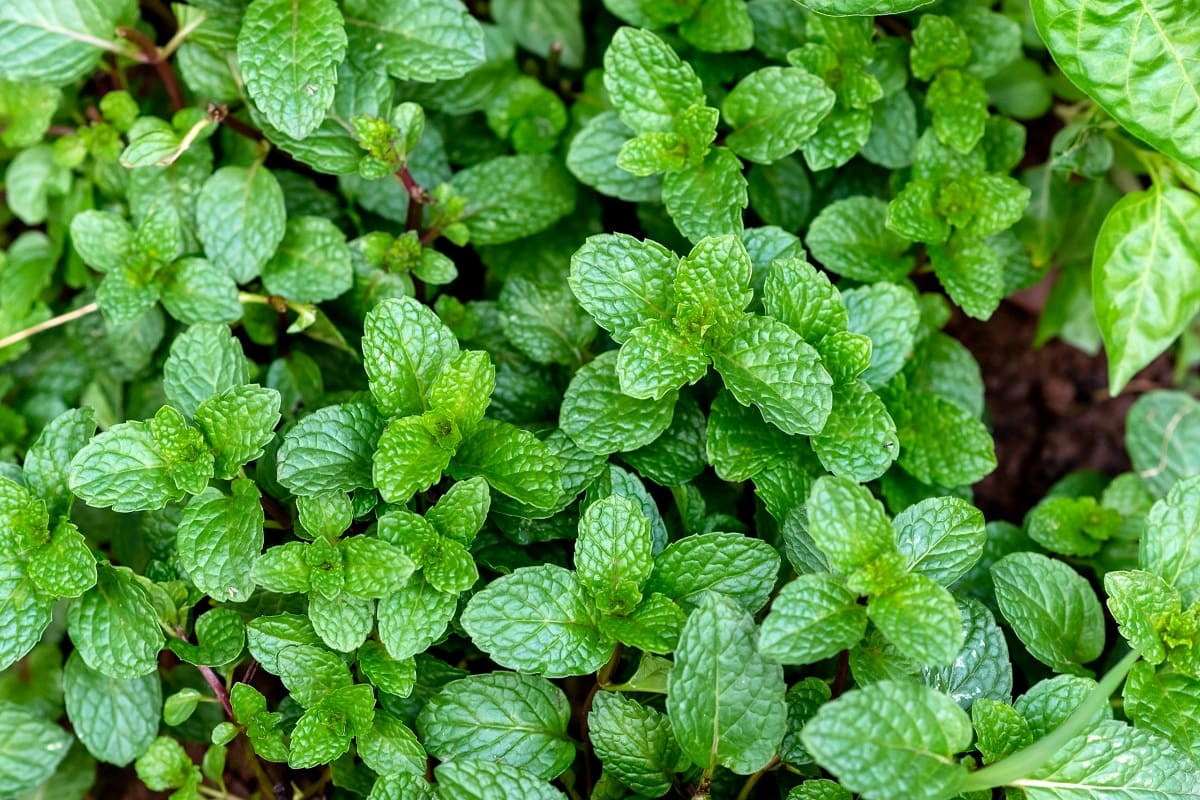


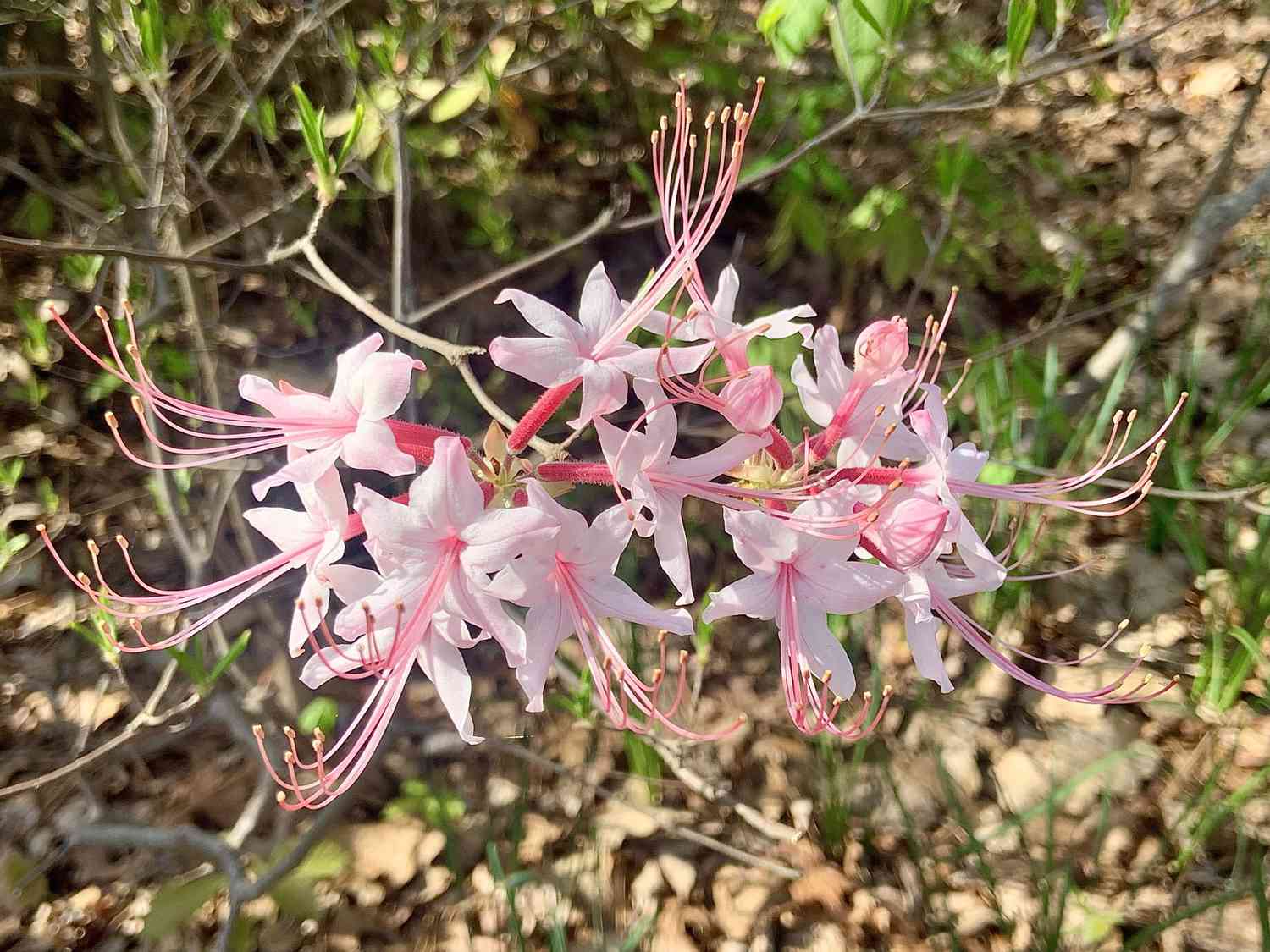
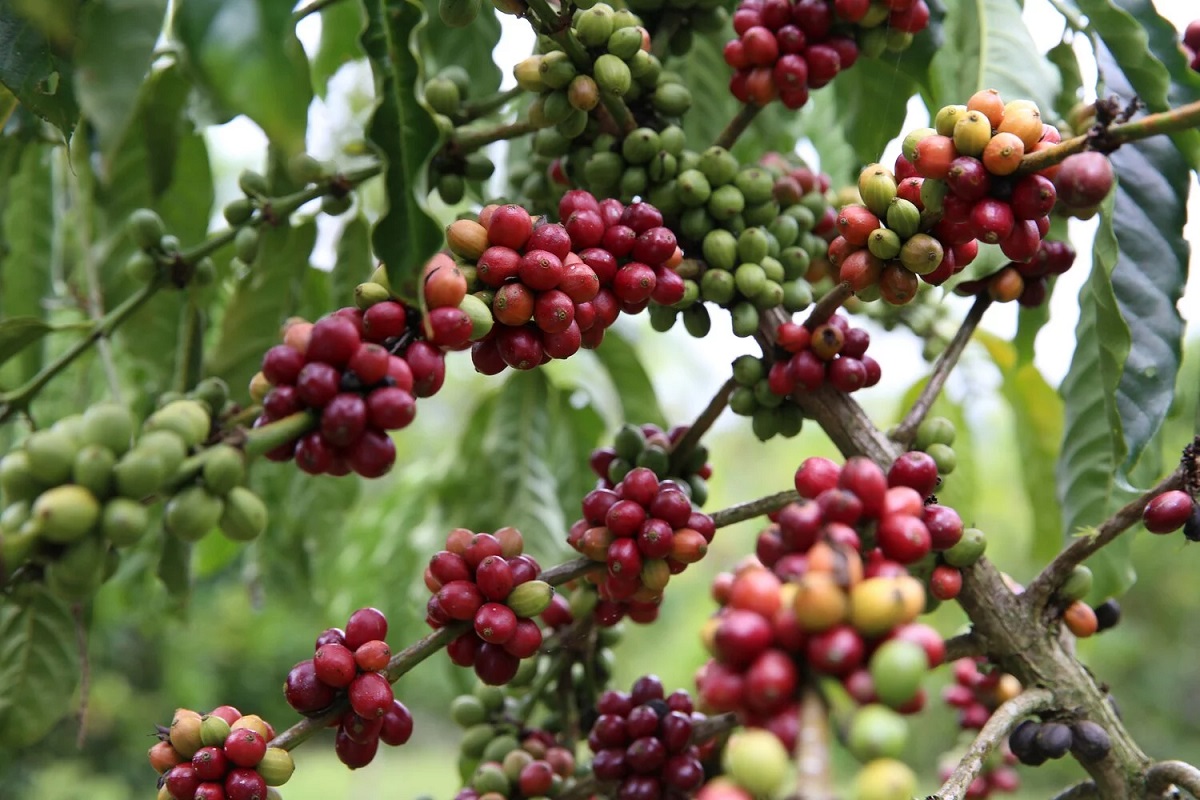

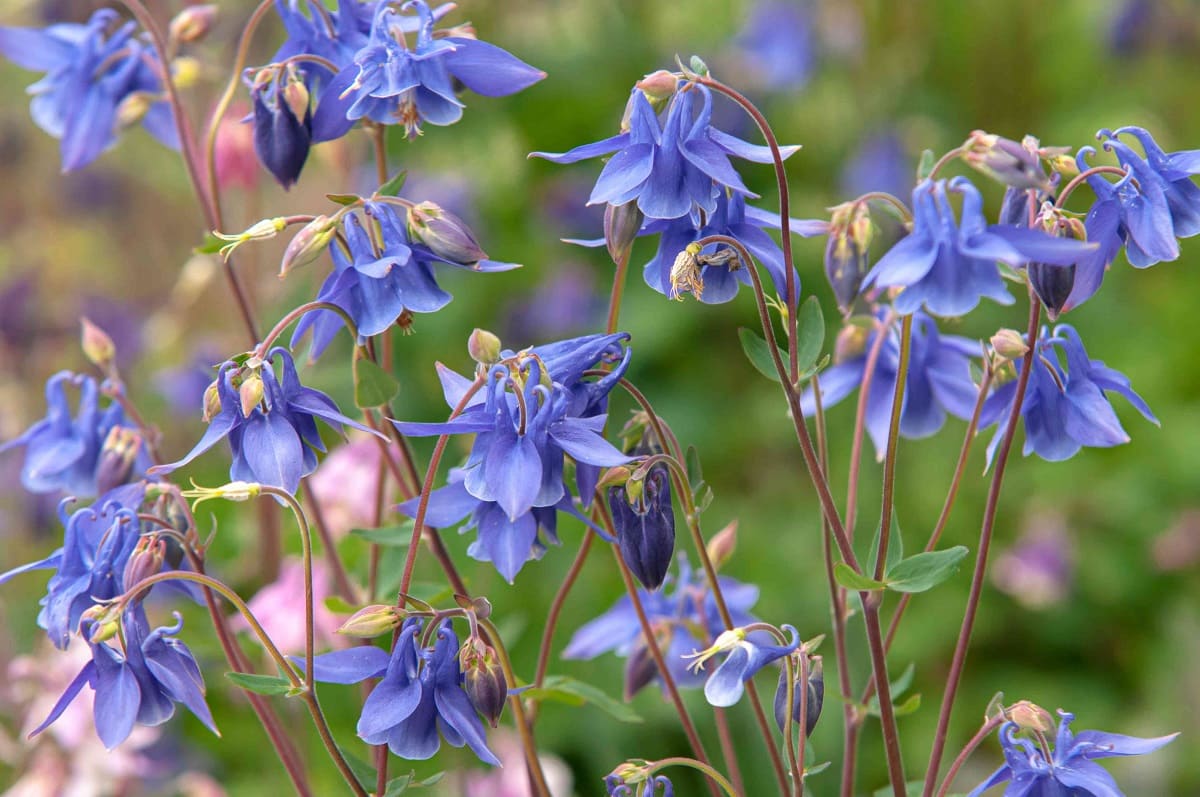

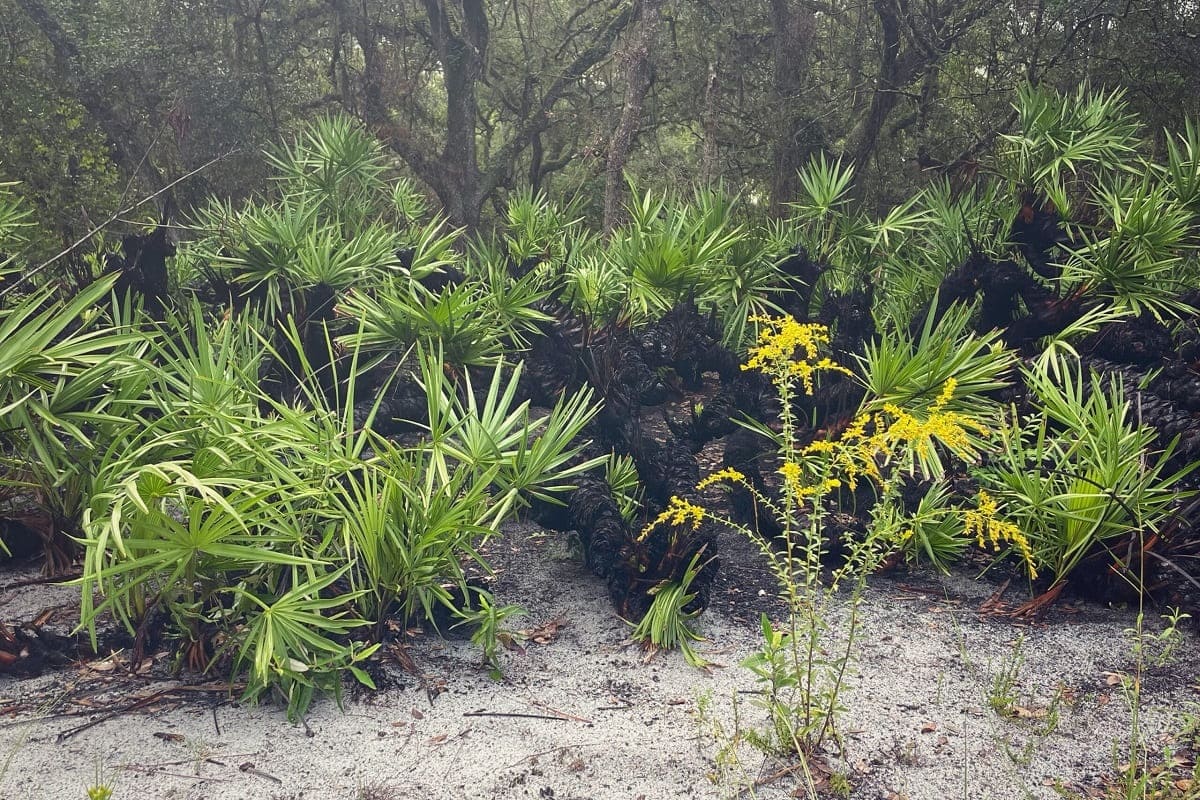

0 thoughts on “Where To Plant Michigan Miterwort Native Plant”